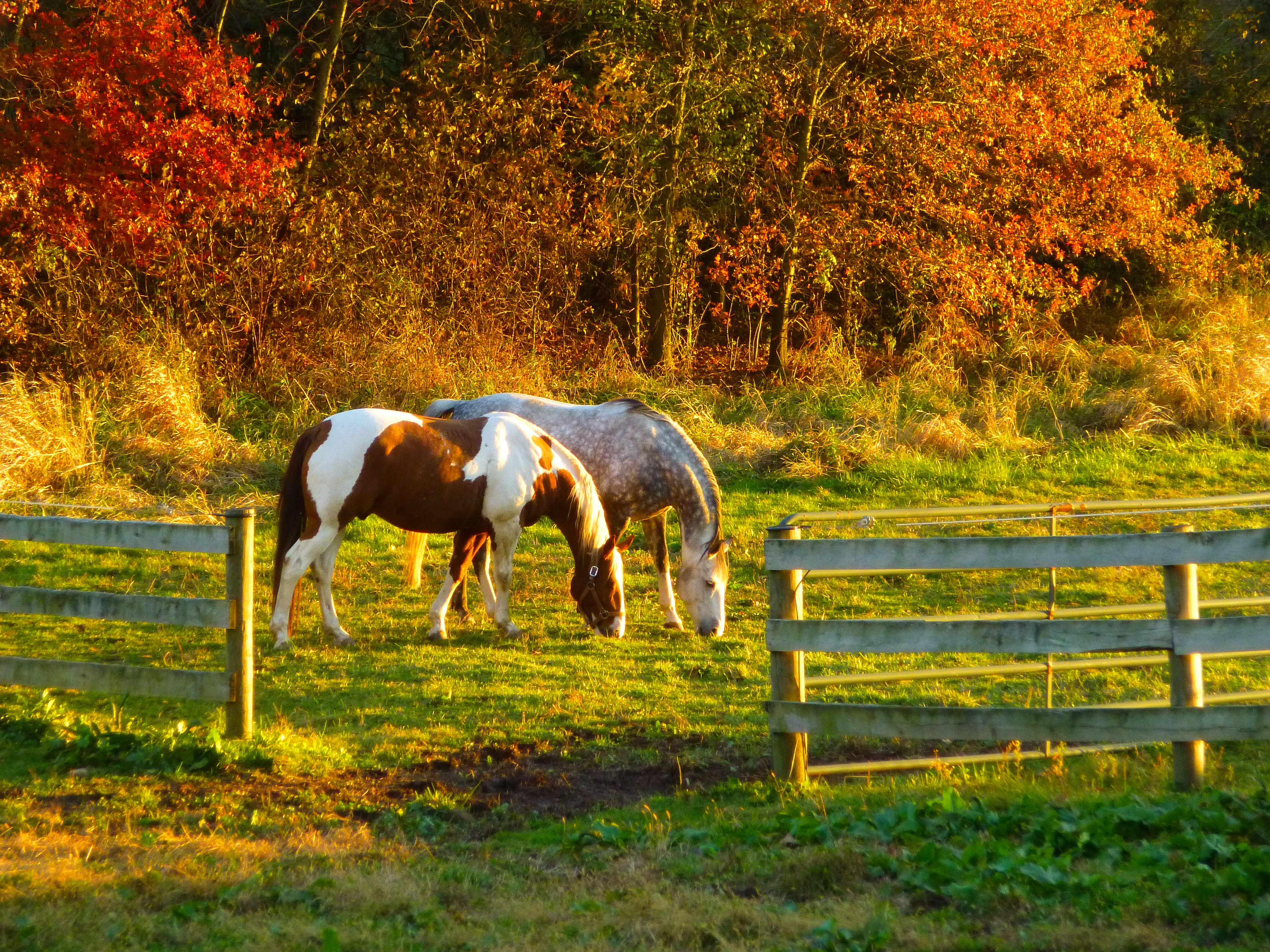
The first cool days of fall offer a welcome respite from summer heat, but they also bring an increased risk of laminitis. During so-called “football weather,” with cool, crisp, sunny days, the chemistry of pasture grasses changes and the levels of sugars that can trigger laminitis rise. In addition, at this time of year hormone fluctuations also increase the risk of laminitis in horses with pituitary pars intermedia dysfunction (PPID).
Approach fall pastures just as you do new spring growth. If your horse has any risk factors for laminitis, such as insulin resistance, consider having him wear a grazing muzzle full-time or moving him to a dry lot until growth has stopped entirely for the year. Keep a close watch on other horses as well, and take any signs of footsoreness very seriously.









